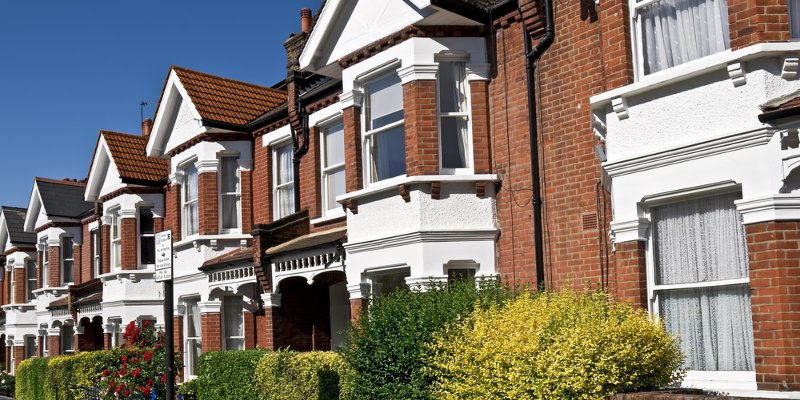The rate of annual house price growth slowed for thetenthsuccessive month in March to 0.7%, compared to 5.1% a year ago, the Your Move House Price Index for England and Wales found.

The rate of annual house price growth slowed for thetenthsuccessive month in March to 0.7%, compared to 5.1% a year ago, the Your Move House Price Index for England and Wales found.
The average house price in England and Wales is now £301,490, up £130 on a month earlier and just £1,985 up on a year ago.
Prices fell in London and the South East but continue to grow elsewhere with six out of the 10 regions recently setting new peak average prices.
Oliver Blake, managing director of Your Move and Reeds Rains estate agents,said: “The slowdown in London and the South East is now well established.
“Yet the performance of many of our key cities and regions elsewhere shows that there’s still life in the market yet.”
The market’s significantly slowed since its peak in February 2016, when house prices were growing at 9.0% annually, but the slowdown is much more pronounced in London and the South East than elsewhere.
Excluding those two regions, the rest of England and Wales has seen prices grow at a more solid 2.6%, and other cities continue to power on, such as Bristol, with 8.4% annual growth.
Even within London, there are exceptions for example, Kensington and Chelsea, for instance, has seen prices increase by close to a third in the last year. And, whilst transactions levels are down, with an estimated 63,500 completed in March, that’s 6% higher than February.
Outside London, at least nine of the major cities in England & Wales set new peak prices in February, led by Bristol in the South West with 8.4% annual growth, but with cities across England and Wales showing strong growth.
They include Merseyside (up 5.7%) and Greater Manchester (5.1%) in the North West; Leicester (5.8%) and Derby (4.0%) in the East Midlands.
It also includes Birmingham (3.5%), West Yorkshire, Leeds, in Yorks and Humber (3.7%); and Cardiff in Wales (up 5.8%).
Growth in its two major population centres is supported by strong performance elsewhere, with 10.3% annual growth in Warrington and 14.1% in Blackburn with Darwen, the fastest annual growth outside Rutland – up 16.5%.
Nottingham (up 6.9% annually), Nottinghamshire (5.6%) and Leicester (5.8%) have all grown strongly in the last year.
Average prices in the latter are up 3.5% annually, due not only to Bristol’s performance, but also good performance from Bournemouth (6.2%), Cornwall (5.6%), Torbay (8.4%) and North Somerset (12.7%).
Prices in London fell for the third month in a row in February, dropping by 0.7% to leave the average property in the capital worth £602,539, down 1.5% on last year.
Unlike previous months, price falls are no longer concentrated in the most expensive boroughs: the top 11 of London’s 33 boroughs have actually seen the smallest fall over the 12 months to March.
This is down just 0.2%, compared to 4% among the mid-priced boroughs and 0.3% in the cheapest 11.
However this is almost entirely due to a massive 30.7% annual increase in the average price in Kensington and Chelsea, London’s most expensive borough.
These transactions, each for prices over £10m, pushed the average price in the borough to a new peak of £2,570,950.
By contrast, other high end areas have seen big falls in the last 12 months, including a 15.9% drop in prices in Wandsworth, 14.7% for Richmond upon Thames and 11.4% in the City of London.
Overall, cheaper property in London does remain more robust, with the 11 lowest priced areas accounting for almost half the 11 boroughs to still report increases in the last year.
Only Redbridge, the 12th cheapest borough in London, grew stronger, up 6.2%. It was also the only borough, other than Kensington and Chelsea, to set a new peak average price in the month.



